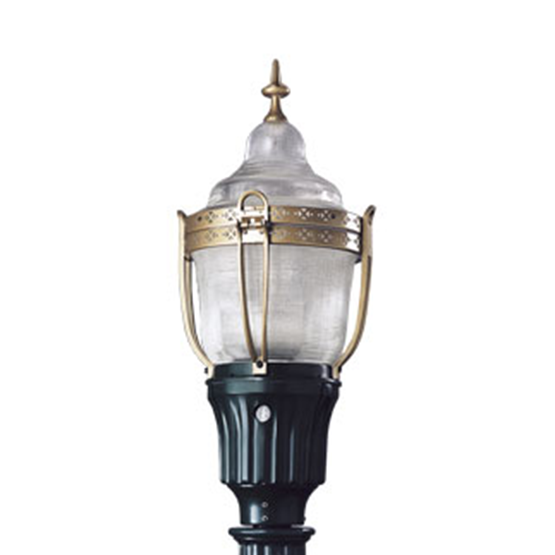Refractor Materials Used in Outdoor Luminaires
by R. A. Peterson, P.E.
There are three materials commonly used in molding refractors for outdoor luminaires. Two are thermoplastic materials, acrylic and polycarbonate, and the third is borosilicate glass.
There is a basic difference between the glass and the plastic materials. Acrylic and polycarbonate are both organic, petroleum based compounds and will eventually break down when exposed to the heat and ultraviolet radiation from a lamp or the outdoor environment. The glass, on the other hand, is an inorganic material that will not deteriorate in normal use.
When evaluating the suitability of a material for this application, there are several characteristics that must be considered. They are as follows:
- Impact strength
- Light transmittance
- Clarity or lack of haze
- Surface quality
- Surface hardness or resistance to abrasion
- Resistance to discoloration
To obtain a true evaluation of these materials, their performance must be evaluated not only when new, but also after a reasonable exposure to their normal operating environment.
While in samples of equal thickness both acrylic and polycarbonate have impact strengths, considerably higher than that of glass, there are two additional factors that must be considered. Typically, a borosilicate glass refractor is molded with a thickness that is much greater than that of the plastic equivalents.
A glass refractor will have a wall thickness of up to 1/2 inch while an acrylic or polycarbonate refractor can have a wall thickness of less than 1/8 inch. This major difference in mass reduces the basic material impact strength advantage of plastic.
Second, the impact strength of both plastic materials will deteriorate to a certain degree with age and exposure to ultraviolet radiation, heat and the normal outdoor environment. This is particularly true of polycarbonate, which can lose all of its basic material impact strength advantage in as little as nine months.
The amount of degradation will, of course, depend on the amount of ultraviolet exposure and the material operating temperature, but even with ultraviolet stabilizing additives, the impact strength of a plastic refractor will drop with time, polycarbonate a great deal, and acrylic somewhat.



